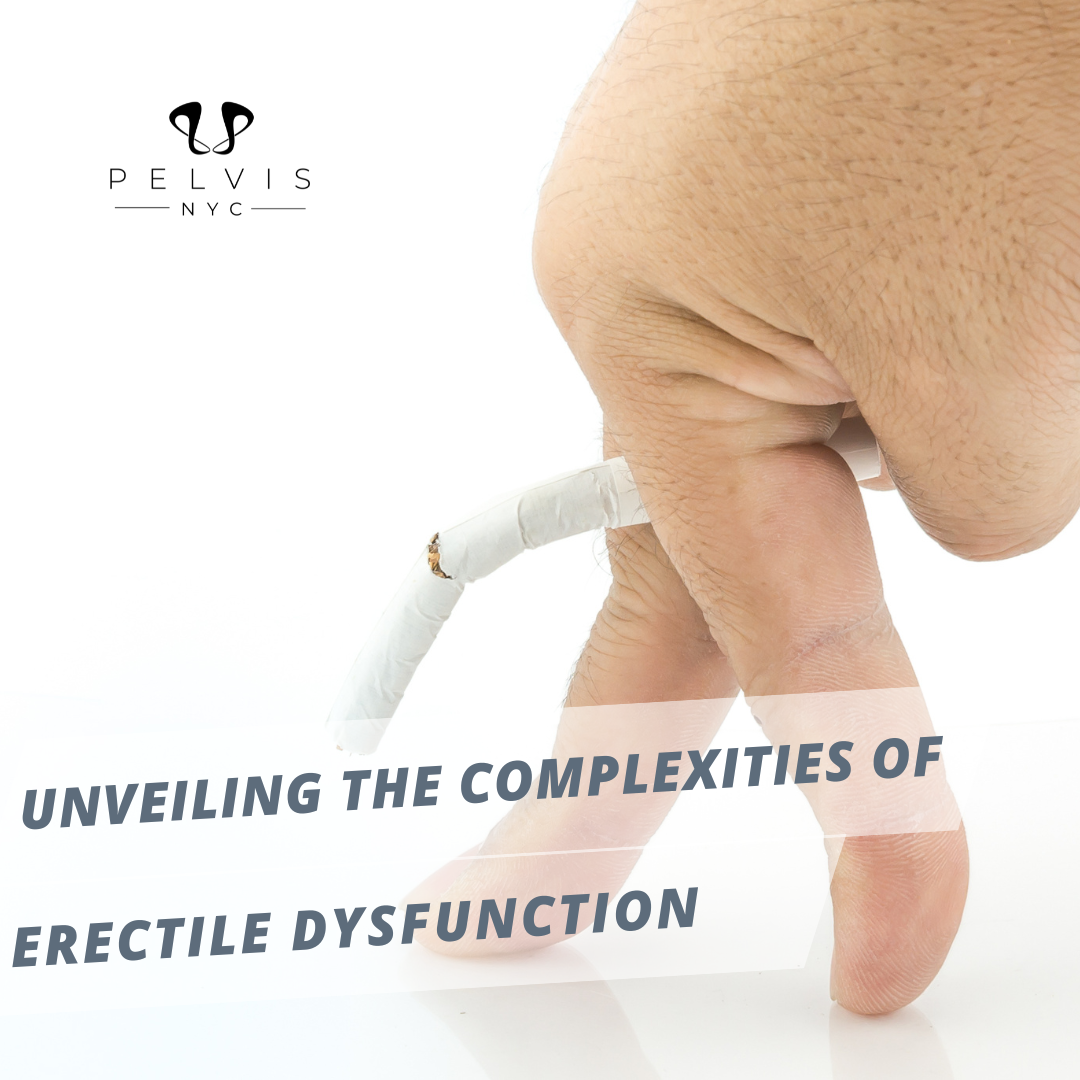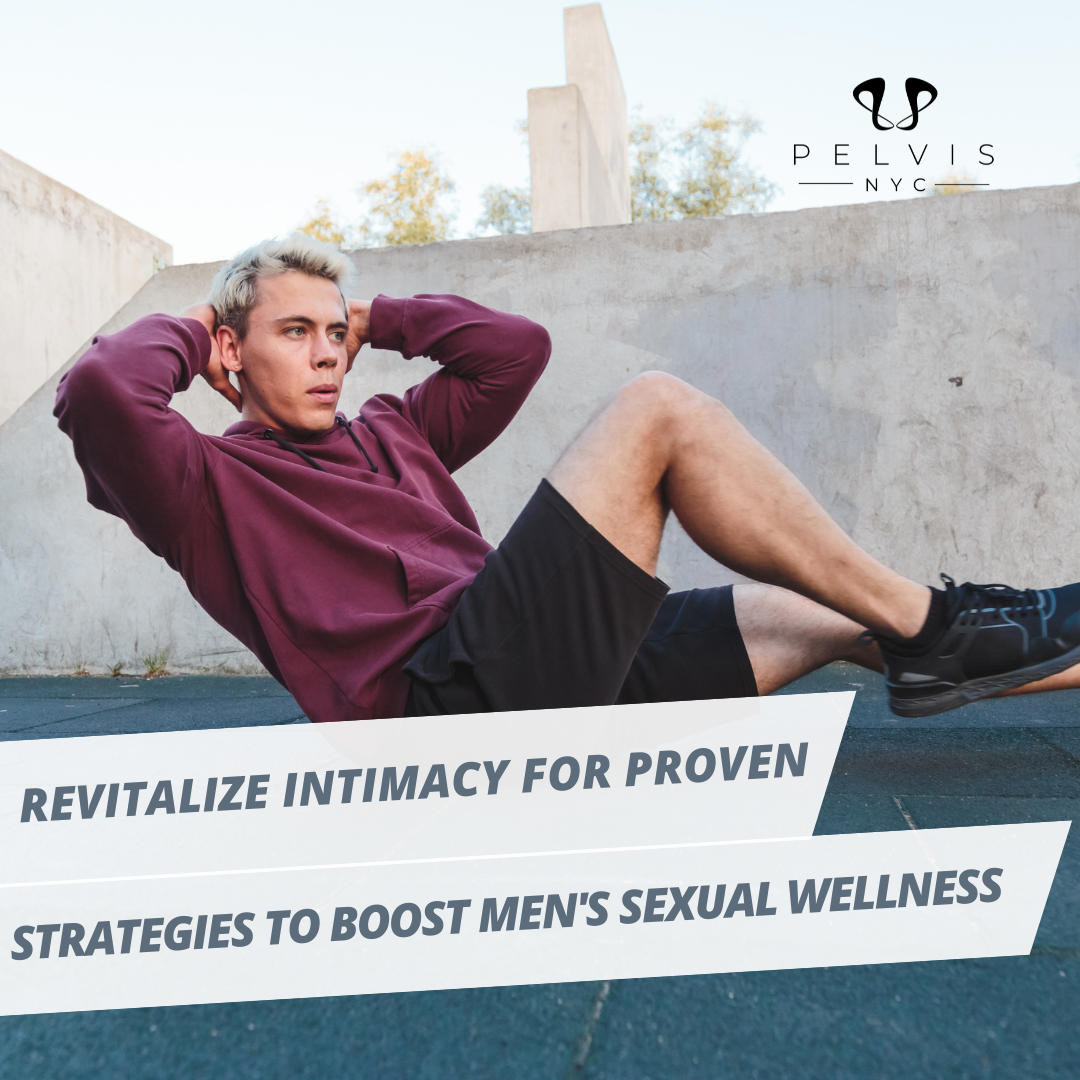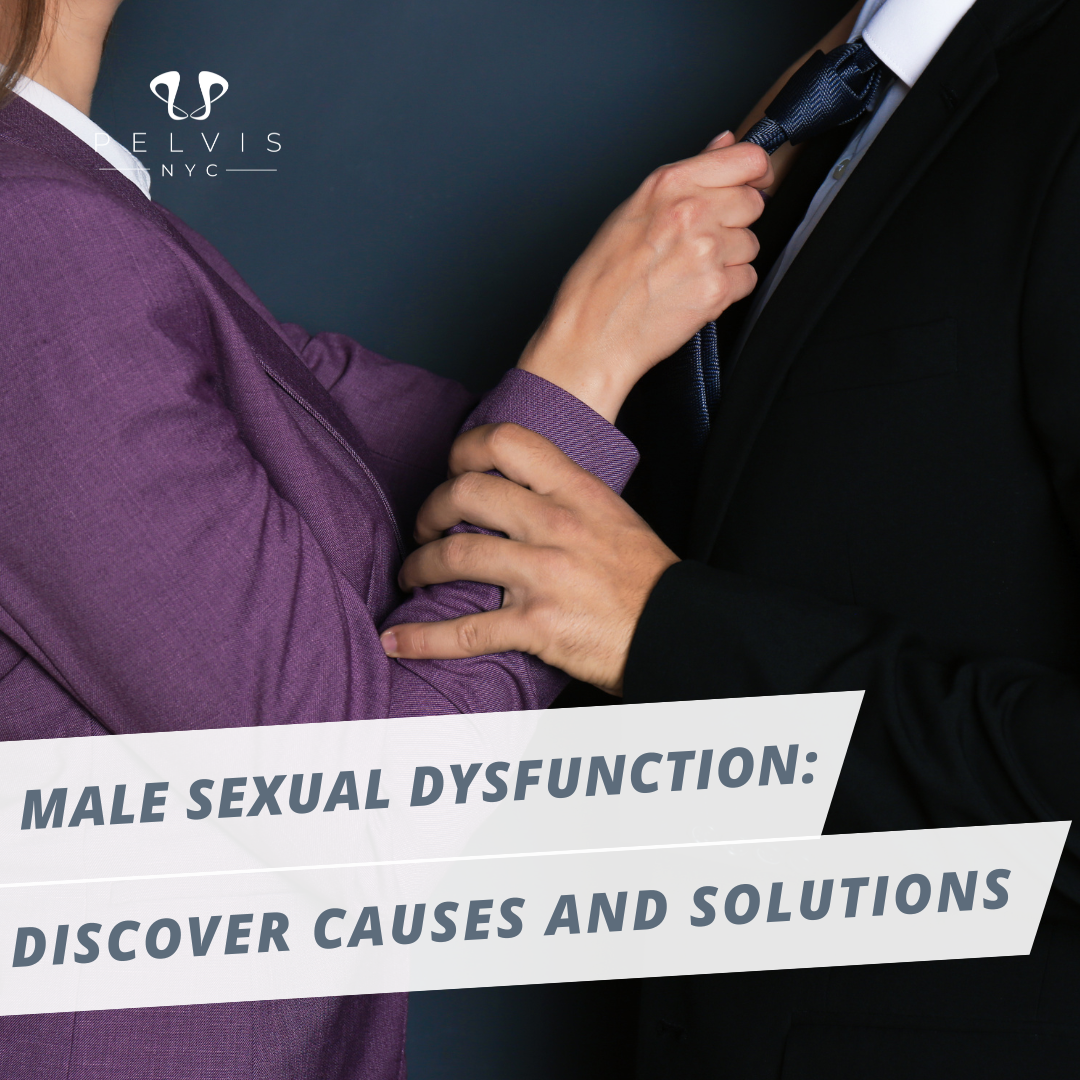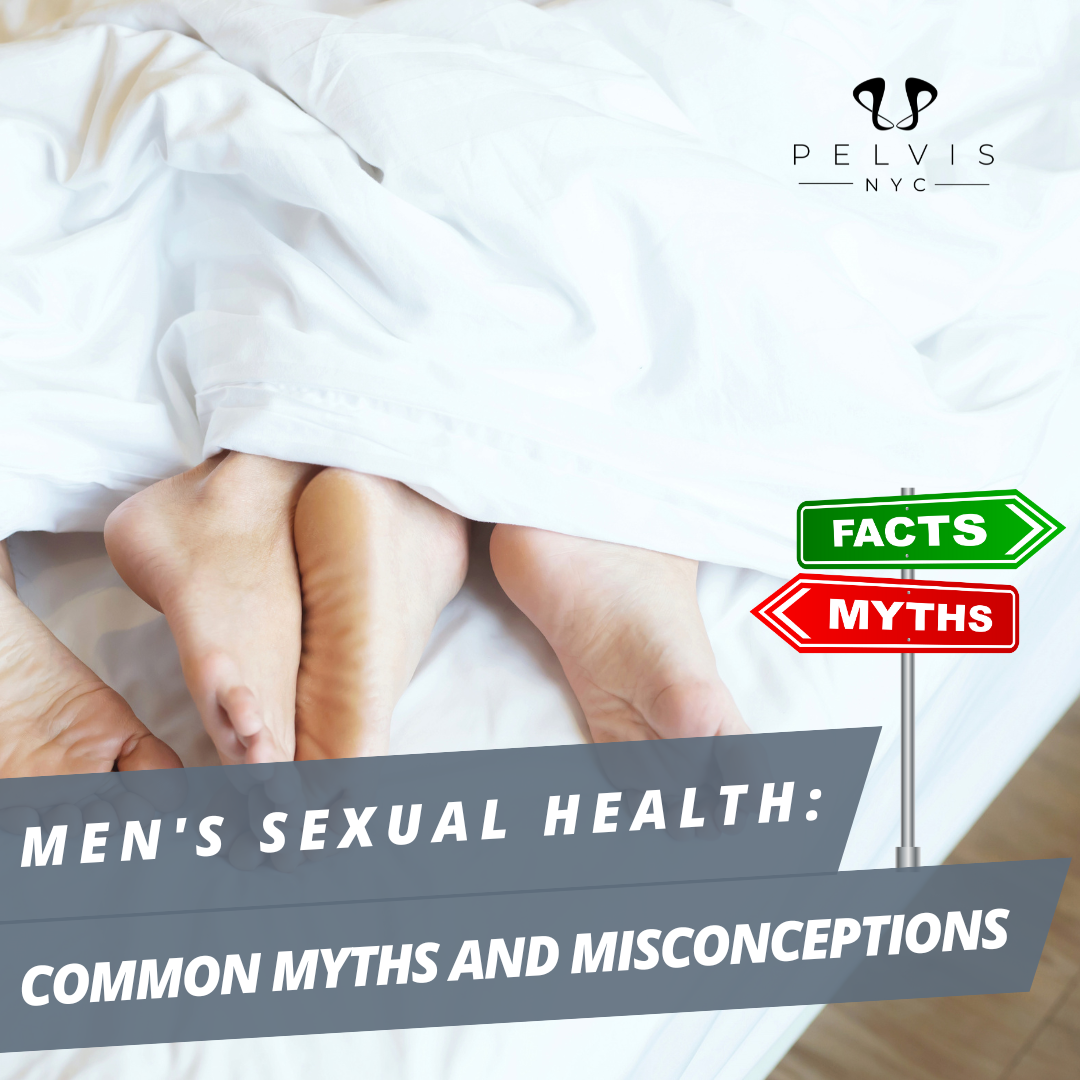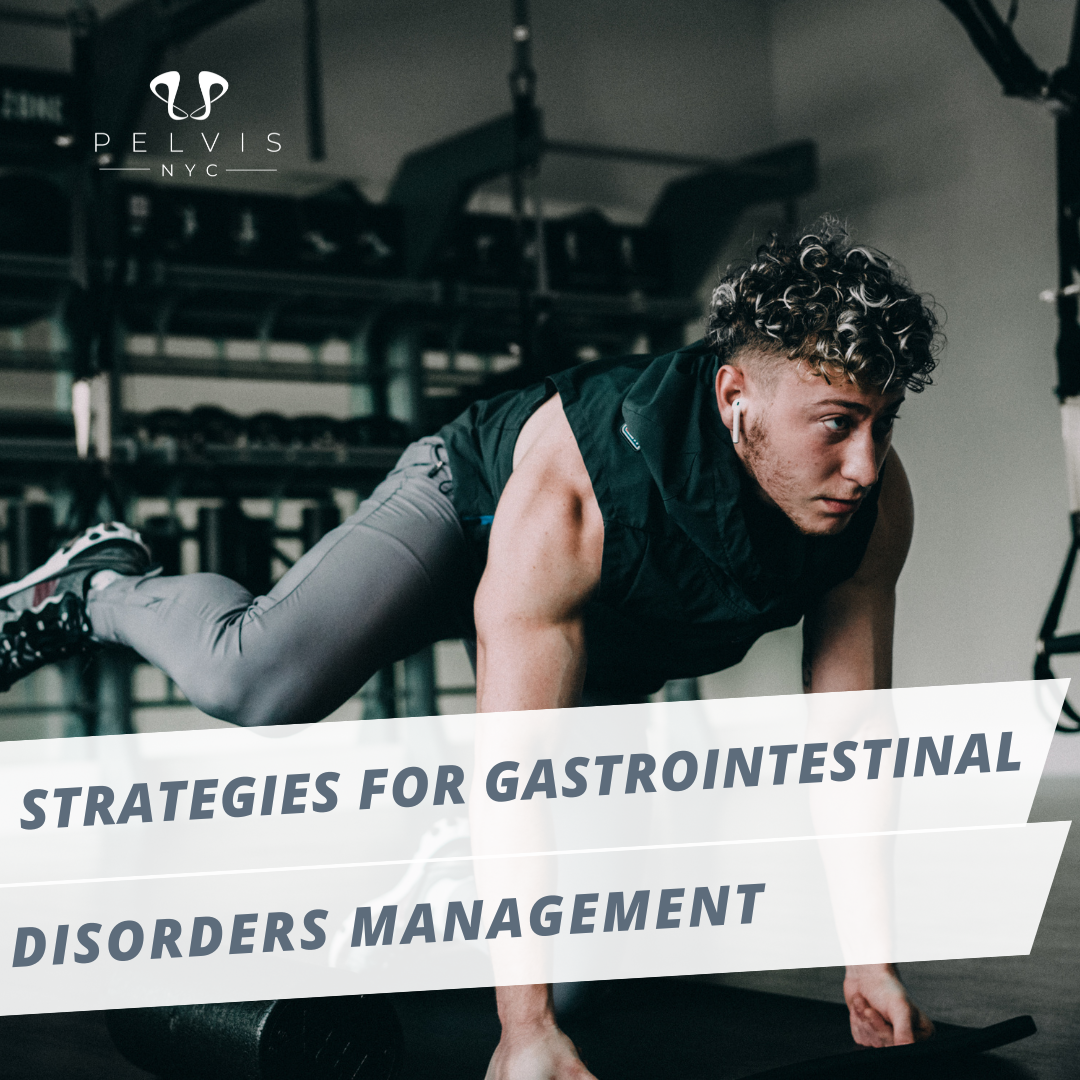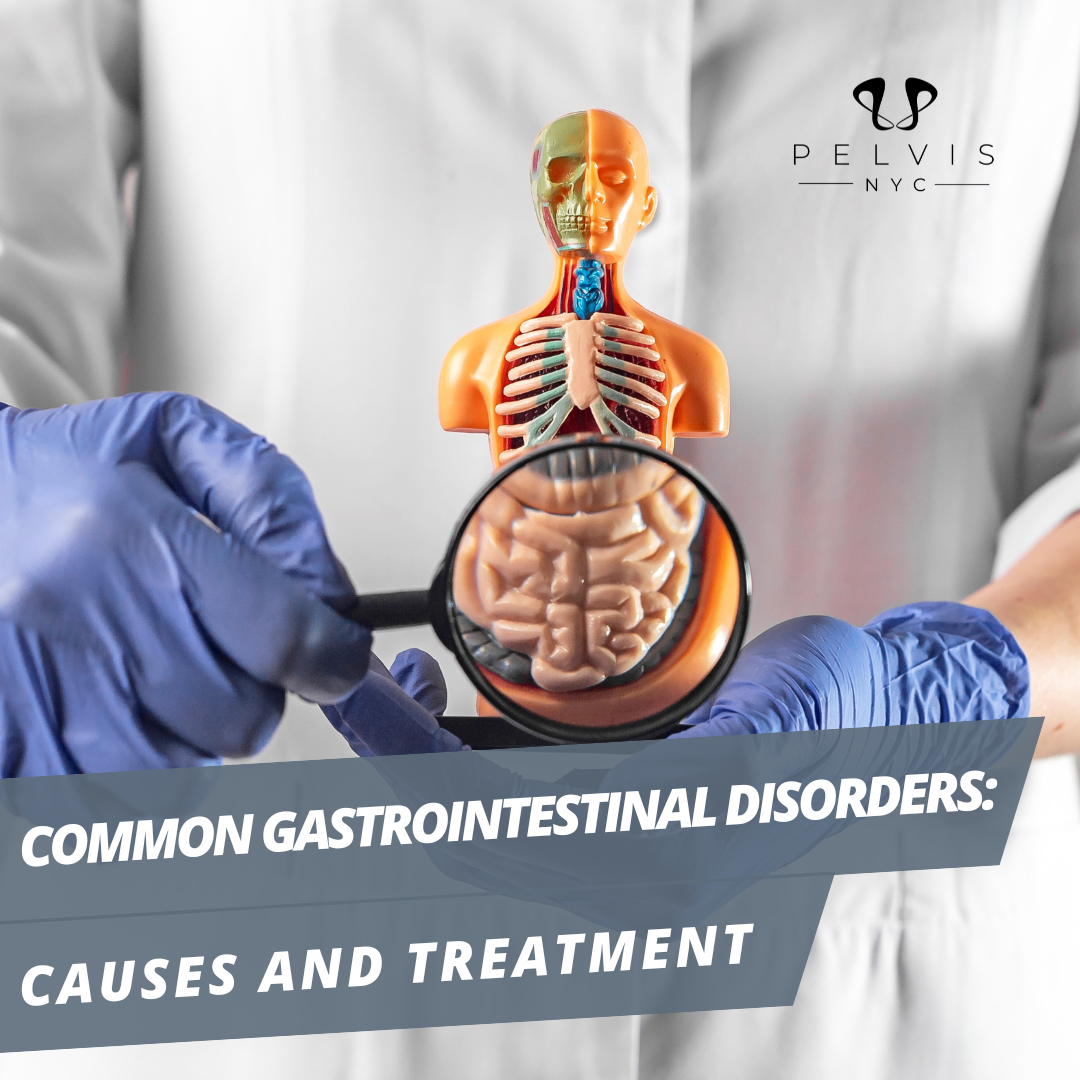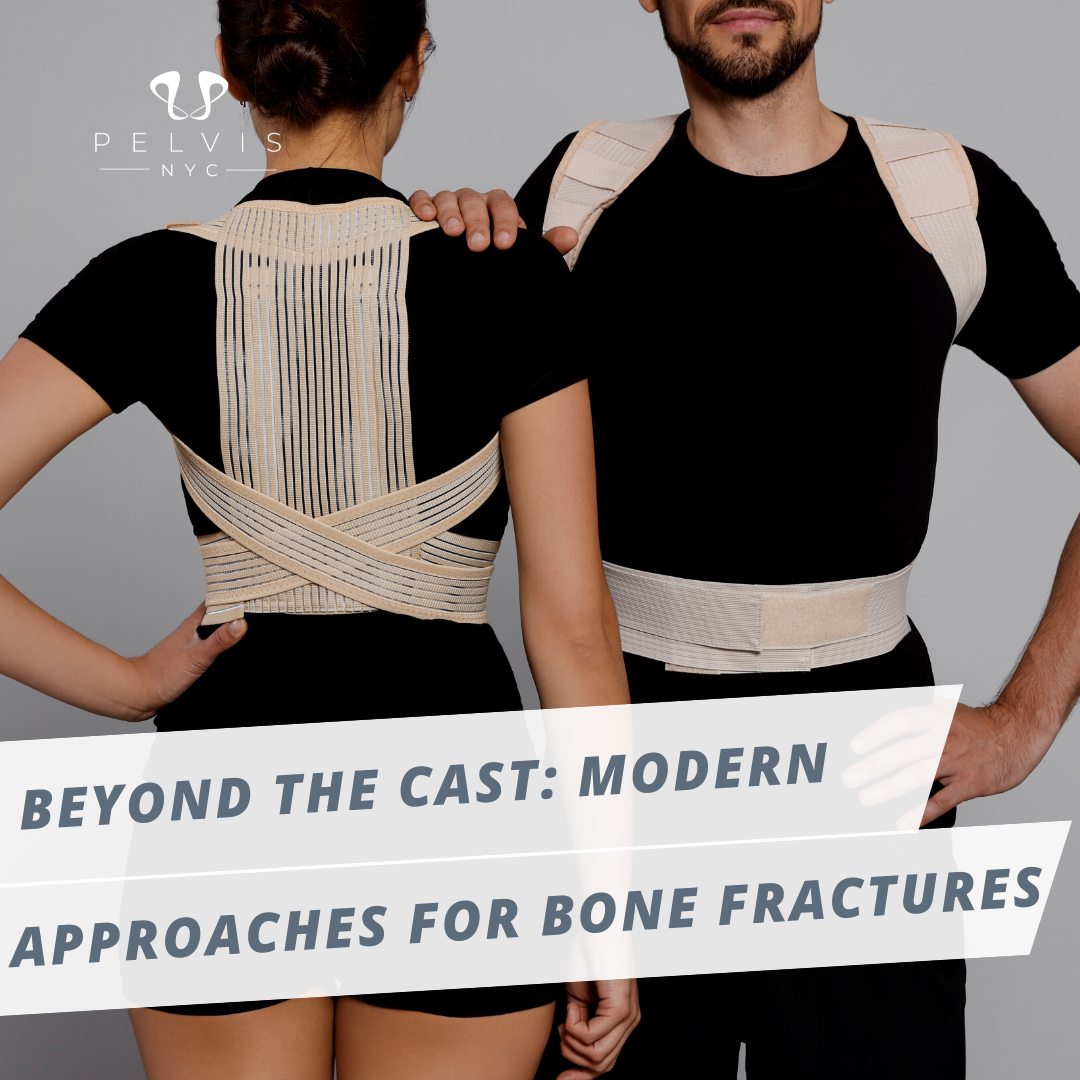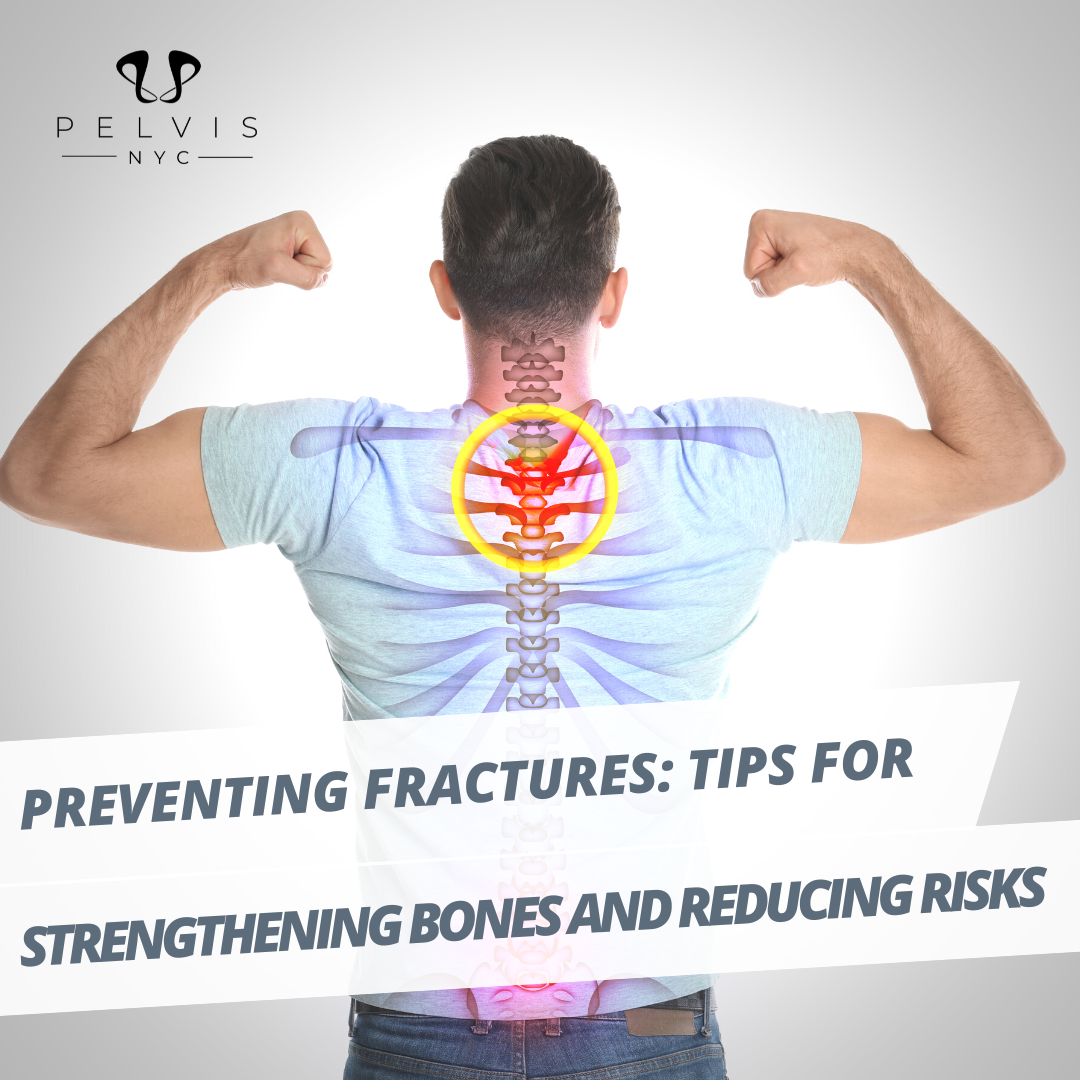I’m here to discuss with you a topic that’s often searched for in hushed tones but is crucial for a satisfying love life: How to Improve Blood Flow for Better Erections.
Why Blood Flow Matters?
To understand how to improve blood flow for better erections, it’s essential first to grasp why blood flow plays a critical role in your sexual performance. Picture blood as the delivery system for oxygen and nutrients throughout your body, including your most intimate areas. When blood flows freely, it’s like a well-oiled machine – things work as they should. When there’s a bottleneck, well, you can guess the rest.
Lifestyle Changes for Improved Blood Flow
Now, let’s get into the practical stuff – how to boost blood flow naturally. Think of it as leveling up your character in a game, but in this case, the game is your life:
- Exercise Regularly: Physical activity is like embarking on quests to strengthen your heart and blood vessels. Aerobic exercises, such as jogging, swimming, or brisk walking, can work wonders. They help keep your blood flowing smoothly and efficiently.
- Eat Heart-Healthy: Imagine food as power-up items for your character. Foods rich in fruits, vegetables, whole grains, and lean proteins can maintain the health of your blood vessels. Also, include items like berries, spinach, nuts, and salmon in your diet.
- Hydrate: Staying hydrated is like having a trusty health potion. It ensures that your blood maintains its fluidity, helping it circulate effectively. Aim to drink plenty of water throughout the day.
- Maintain a Healthy Weight: Think of this as optimizing your character’s gear. Shedding excess pounds can reduce the risk of blood flow issues. It’s not just about aesthetics; it’s about overall health.
The Role of Physical Therapy in Achieving Better Erections
Now, let’s delve into the benefits of physical therapy in improving erectile functions. Physical therapy isn’t just about healing injuries; it can be a game-changer in your quest for better erections. Here’s why:
- Targeted Exercises: A skilled physical therapist can guide you through exercises that specifically target the muscles and blood vessels involved in achieving and maintaining an erection. These exercises can enhance blood flow to your pelvic region, improving your sexual performance over time.
- Reducing Performance Anxiety: Physical therapy can help alleviate anxiety or tension that might be contributing to erectile issues. By teaching relaxation techniques and providing a supportive environment, a physical therapist can boost your confidence in the bedroom.
- Customized Treatment Plans: Everyone’s body is different, and what works for one person may not work for another. Physical therapists create personalized treatment plans tailored to your unique needs, ensuring that you get the most effective results.
- Non-Invasive Approach: Unlike medications or surgery, physical therapy offers a non-invasive and drug-free solution for improving erectile function. It’s a natural way to enhance blood flow and sexual performance.
Remember, gentlemen, it’s not just about better erections; it’s about your overall well-being. Improving blood flow and erectile function can positively impact your life in many ways. If you have concerns or want personalized advice, visit Pelvis NYC now!
Related blog: Latest Research and Breakthroughs in Erectile Dysfunction Treatment


